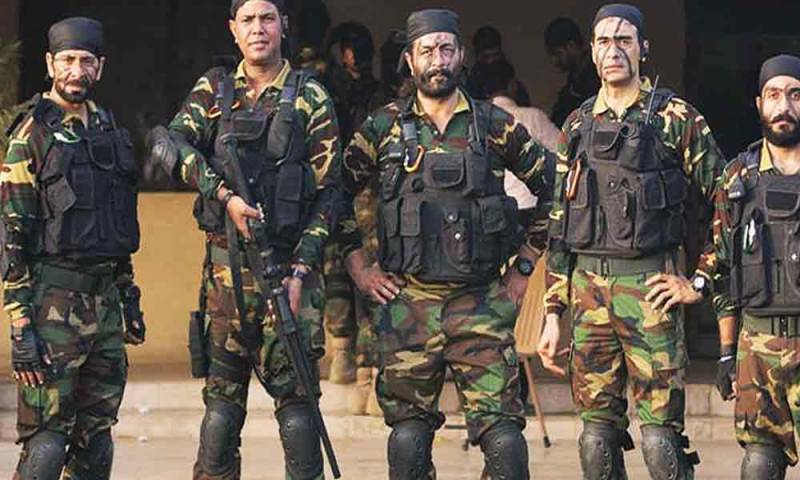The film ‘Maalik’ has caused quite a storm across the country. Unfortunately, it was not due to its less than stellar acting or poor aesthetics, but for the controversy surrounding the nature of the plot and its subsequent banning. The federal government banned Ashir Azeem’s film nationwide in a notification issued Wednesday declaring the Urdu feature film “uncertified” according to Section 9 of the Motion Pictures Ordinance, 1979. The only thing this ban has served to achieve is to draw attention to an average film that would have been inconspicuous and forgettable had it been allowed to screen.
While some hail the movie as an accurate description of the state of Pakistani politics rife with corruption and opulence, others have called it out for being a bit too accurate, specifically a scene where a Chief Minister is shot by his guard, which has parallels to the real-life killing of Punjab governor Salman Taseer; an incident that deeply divided the nation and hence depicting it as fiction in its aftermath is in bad taste. Yet, taste should not be a criterion for state censorship. This film has touched a nerve with authorities and the public alike for its depiction of politicians, rather than more serious problems like its ethnic stereotyping and depiction of women. Freedom of expression required allowing opinion in the form of film or art even if it is offensive to some, and banning something only serves to glorify it.
The film is viewed as propaganda towards an already frayed relationship between the civilian and military relationship and the nexus of power in the country. However, can we really give that much merit to a film scene that was probably only put in for its shock value? We should not overestimate the impact such films have on public opinion for it takes a lot more than a few bad takes and stereotypical depiction of characters to sway the Pakistani public.






